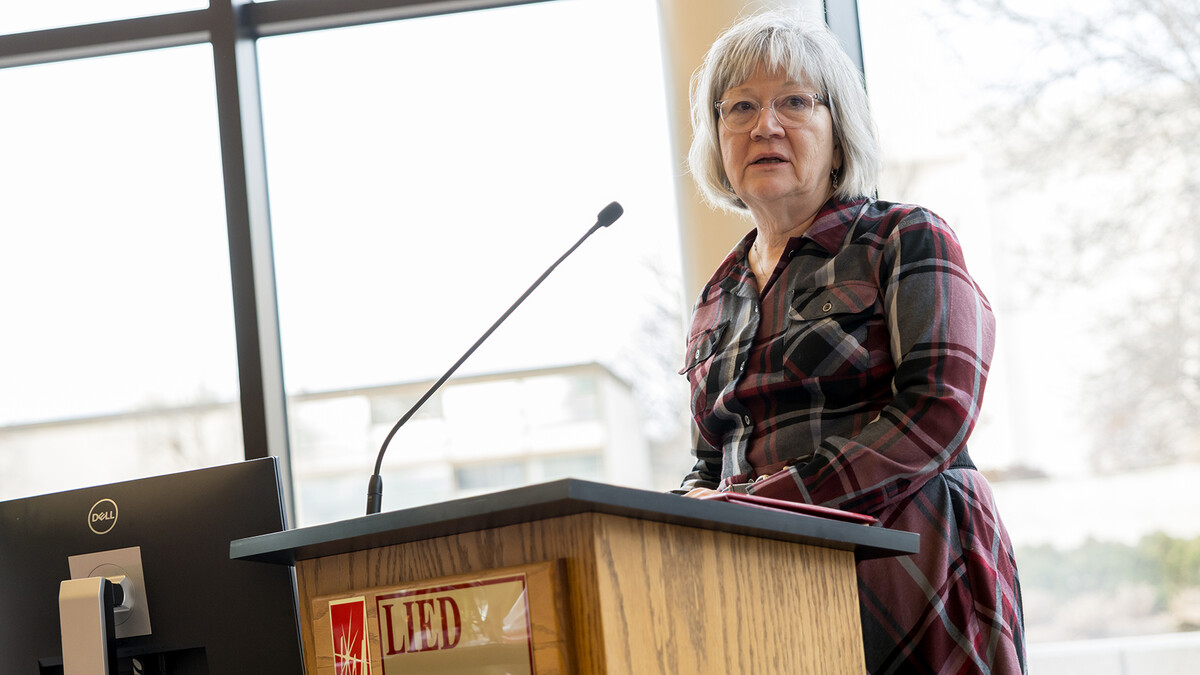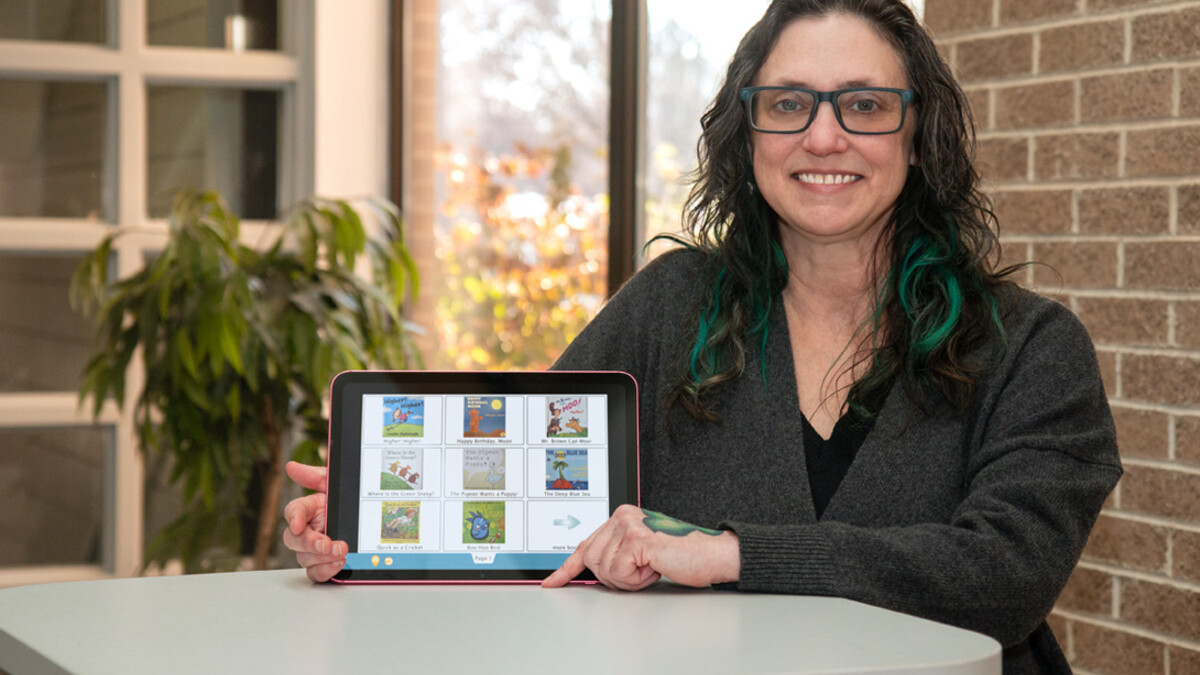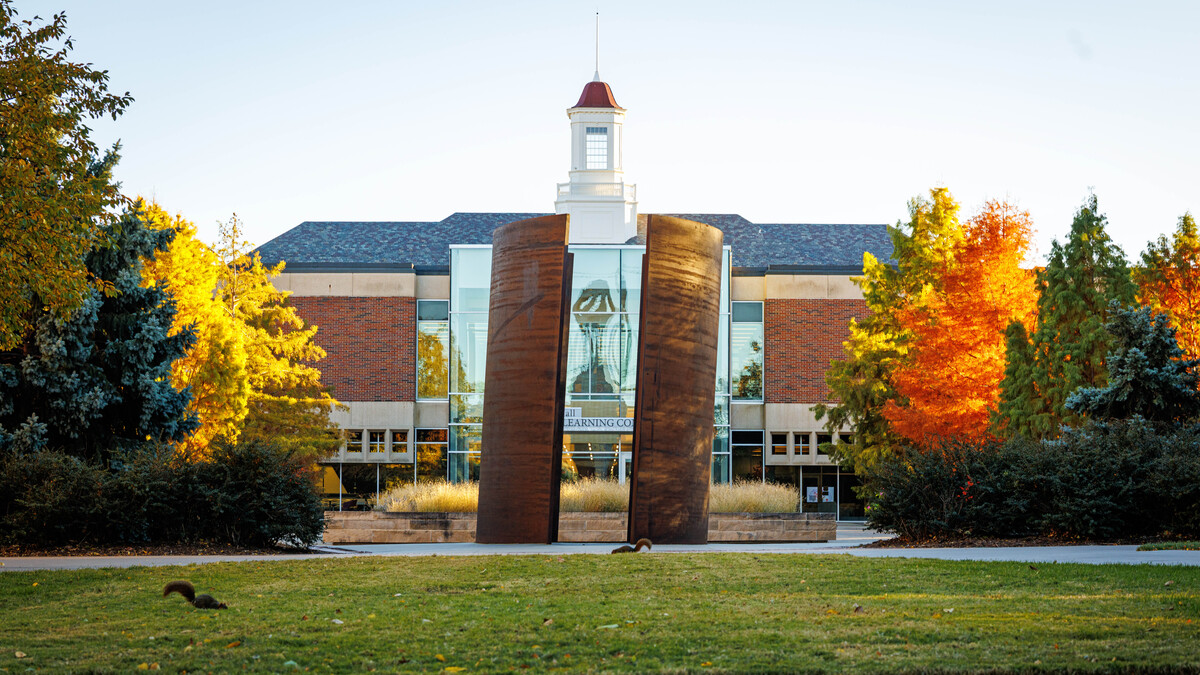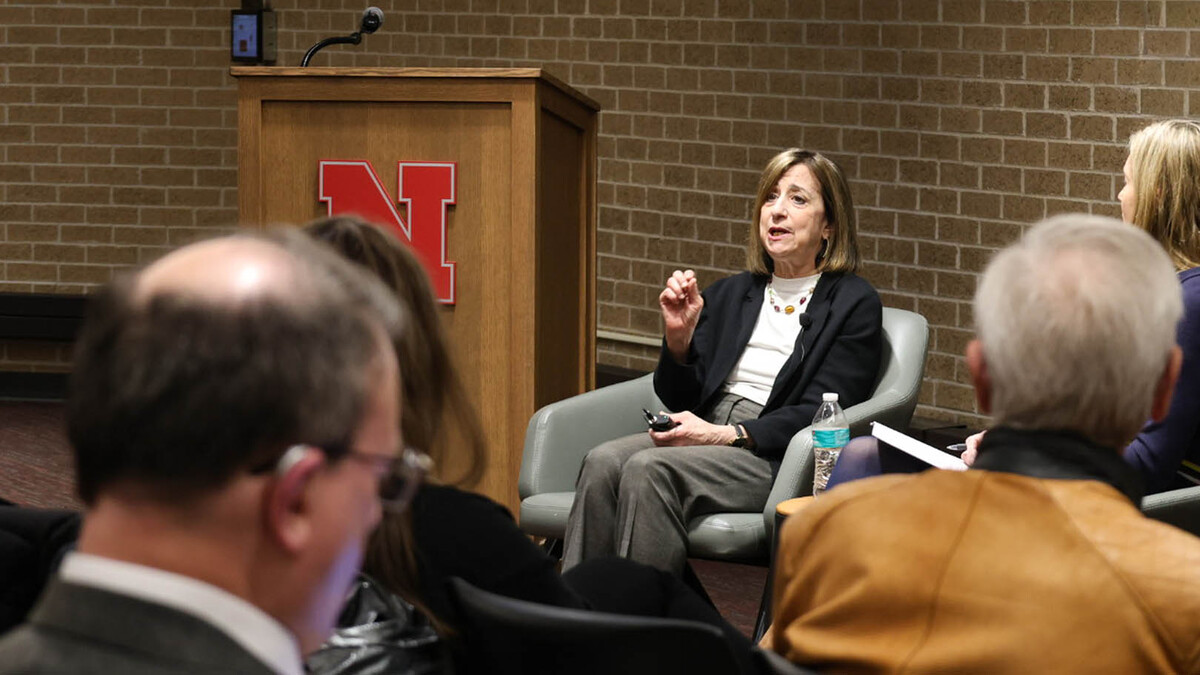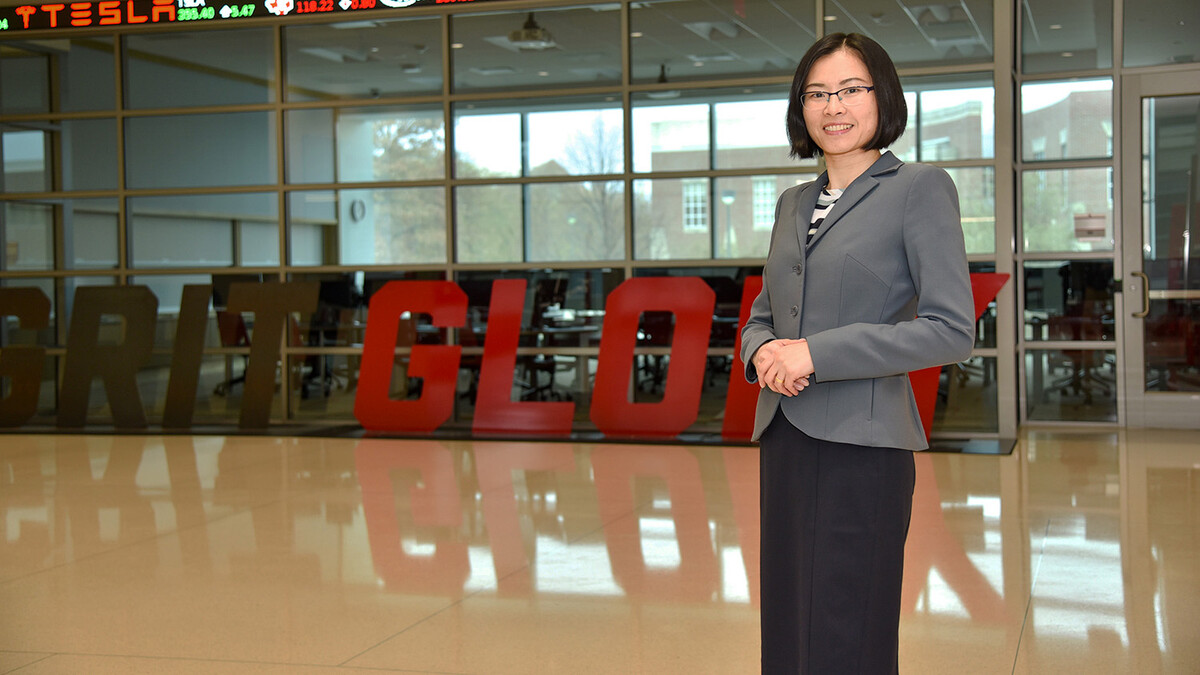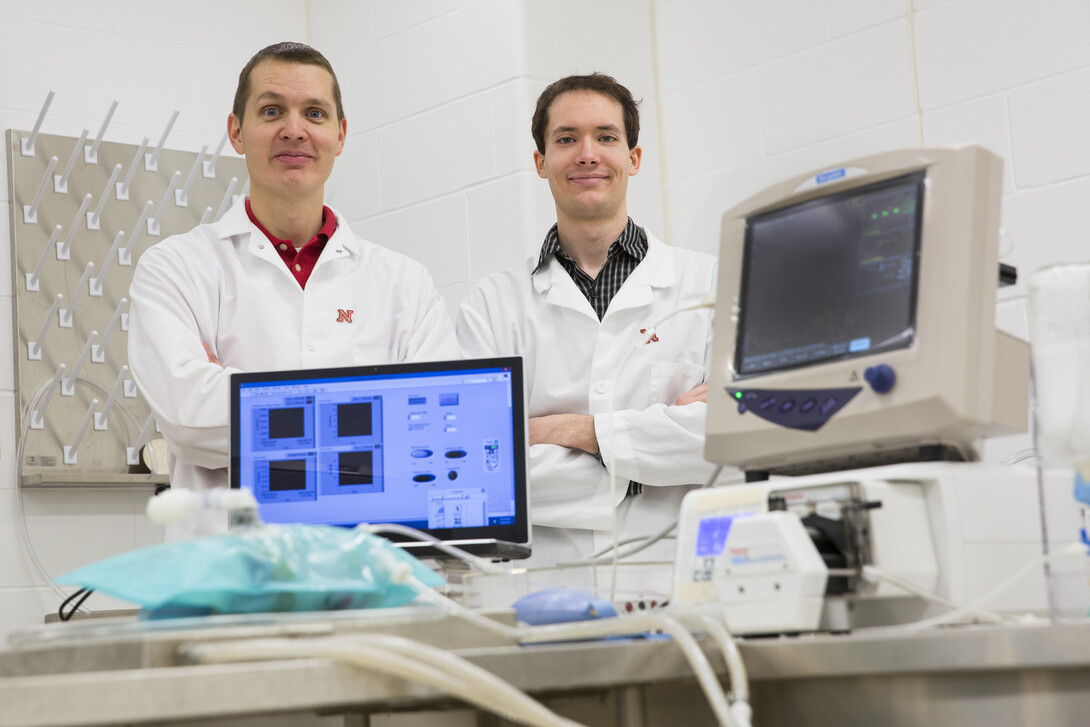
Doctors could have more treatment options when a patient can’t breathe, thanks to an innovative procedure from research by faculty with the University of Colorado-Boulder and the University of Nebraska-Lincoln.
The Jan. 15 edition of the journal Biomaterials included work by UNL’s Ben Terry, assistant professor of mechanical and materials engineering, and Mark Borden, CU associate professor of mechanical engineering, who collaborated to develop a new way for providing oxygen to people whose lungs cease to function.
Bacterial infection or injury can trigger acute respiratory distress syndrome, which causes a person’s lungs to shut down. At hospitals when patients’ lungs stop working, blood may be pumped outside the body to oxygenate it, requiring anti-coagulants that can cause harsh side effects such as hemorrhage or blood contamination.
The new method circulates oxygen microbubbles through the peritoneal cavity in the patient’s abdomen, to deliver oxygen and remove carbon dioxide.
“Our system transforms the cavity into a third lung, so to speak,” Terry said. “This delivers life-sustaining oxygen to the body’s core, where it can be transported by the patient’s circulatory system to the brain and other vital organs.”
Terry, who specializes in minimally invasive surgical tools and processes, said Borden designed the oxygen microbubbles to have the properties of lung alveoli, or air sacs, with a nanoscale lipid layer that helps support a large, porous surface for enhanced gas exchange. Microbubbles, smaller than one millimeter but larger than one micrometer in diameter, have been used in medical diagnostics such as ultrasound testing, and for delivering therapeutics—in this case, oxygen.
Their study documents success in a preclinical trial involving severe lung injury in small animals. The pair is now scaling the system to apply it to larger organisms, Terry said.
“Our preliminary studies show that the technology provides oxygen and allows time for the lung injury to heal – a major advance, for a much safer and simpler solution,” he said. “Our next step will be to translate this technology to clinical use.”
The paper was also co-authored by UNL graduate student Nathan Legband. Support for this research came from the National Science Foundation.


